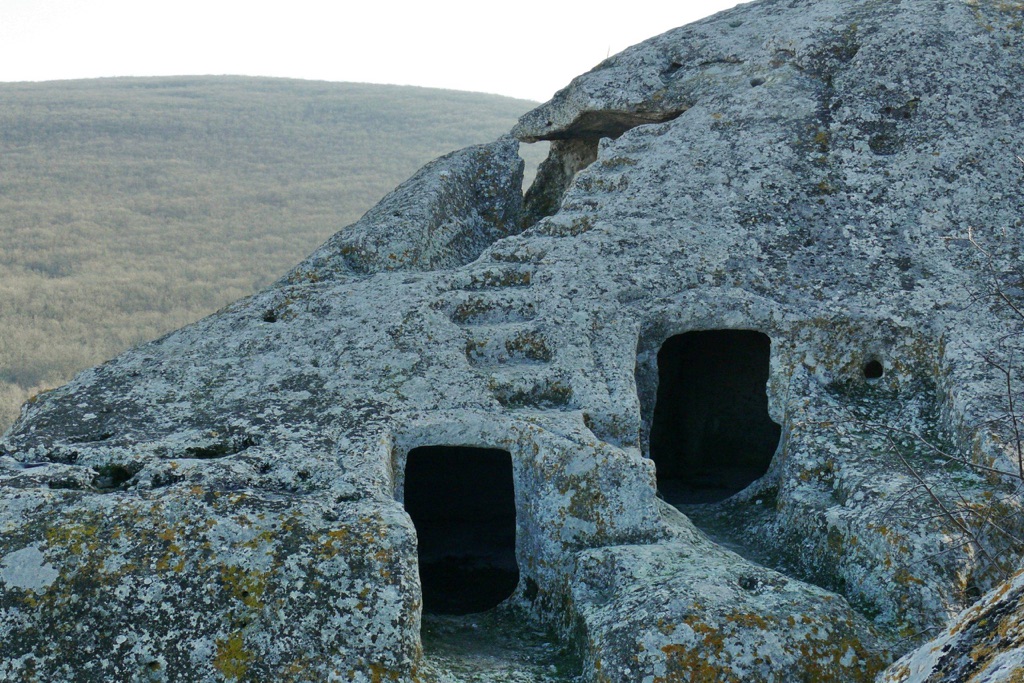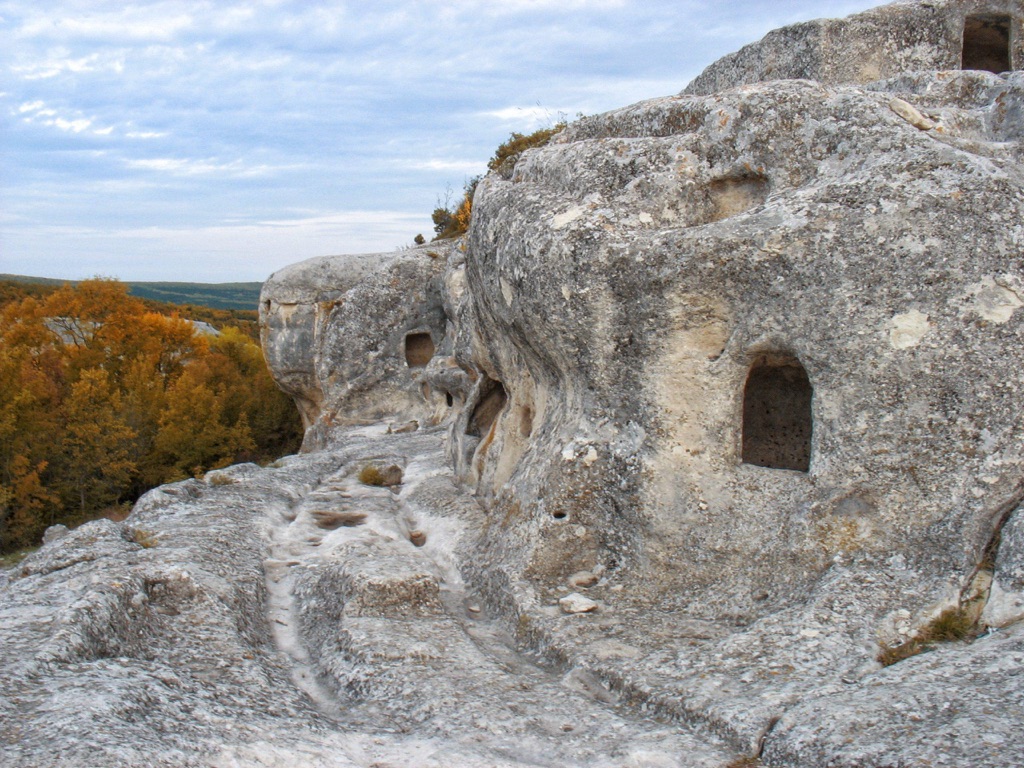Eski Kermen is a medieval city-fortress nestled in the picturesque Crimean Mountains near the city of Bakhchisaray, Ukraine. This historical gem, which translates to “Old Fortress” in Turkish, is a testament to the ingenuity and resilience of the Byzantine civilization. Its labyrinth of caves and tunnels, carved into the limestone cliffs, offers a fascinating glimpse into the past, beckoning history enthusiasts to explore its depths.
Get your dose of History via Email
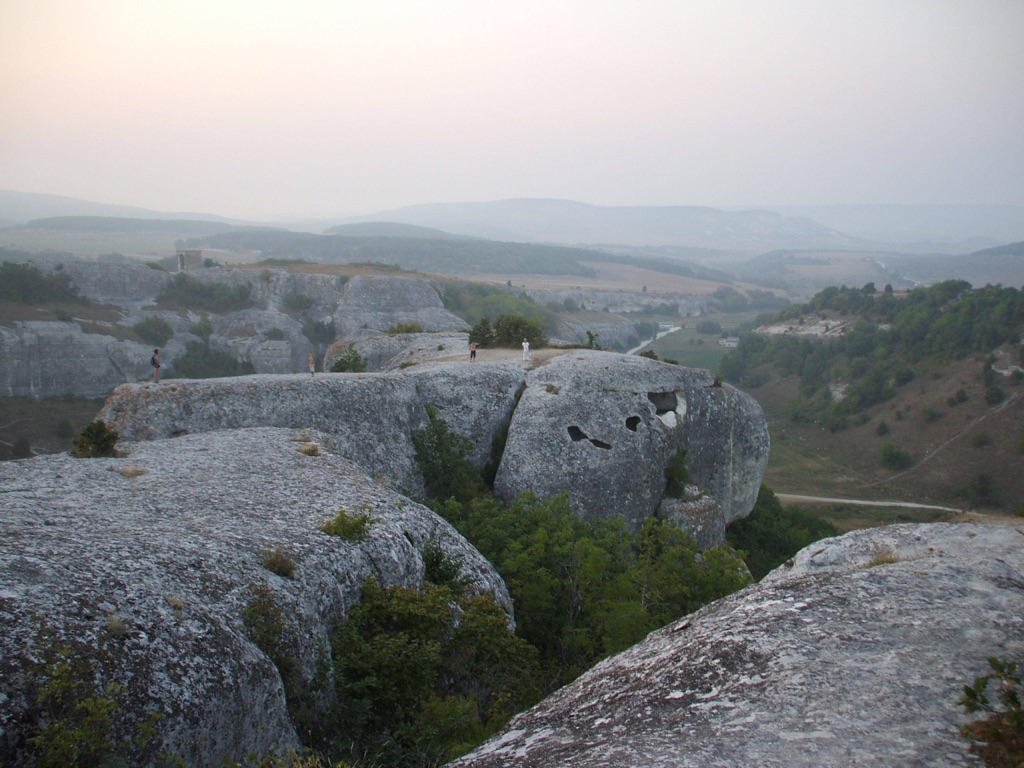
Historical Background
Eski Kermen was established in the 6th century by the Byzantines, making it over 1,500 years old. It served as a strategic stronghold and a bustling city for several centuries, reaching its peak in the 10th-11th centuries. The city was home to a diverse population, including the Byzantines, Crimean Goths, and later the Mongols, until it was abandoned in the 14th century following a devastating invasion by the Golden Horde.
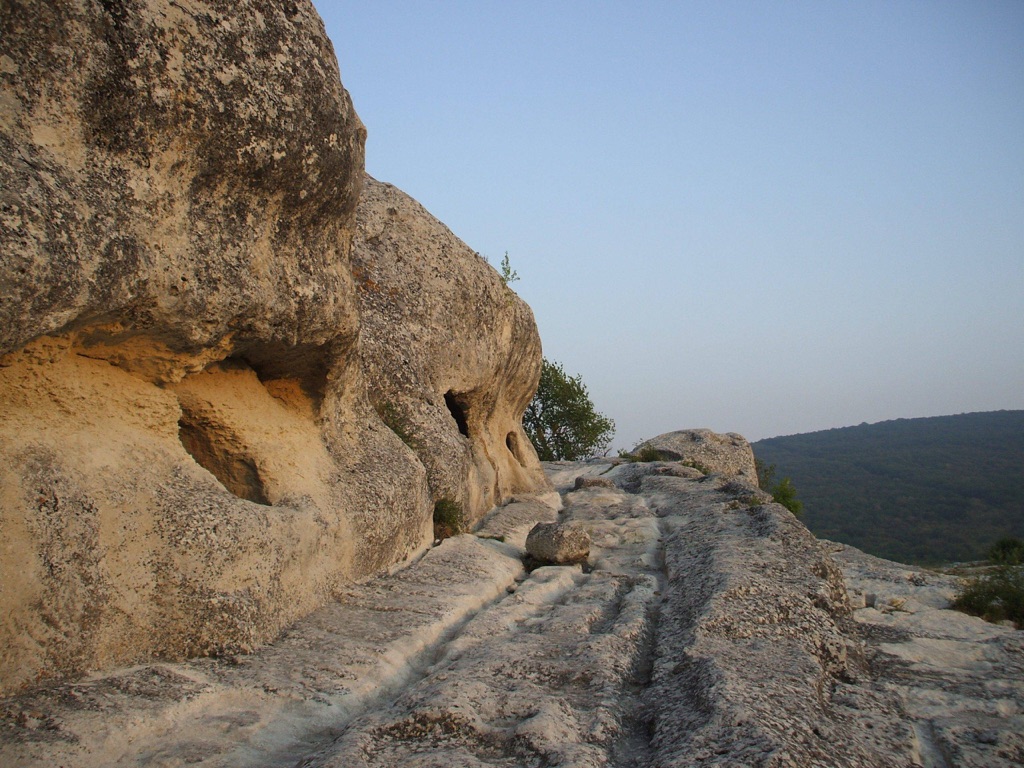
Architectural Highlights
The city-fortress of Eski Kermen is a marvel of ancient engineering. It was carved directly into the limestone cliffs, creating a network of over 400 caves spread across three levels. The caves, which include dwellings, churches, and storage facilities, are interconnected by a complex system of tunnels and passages. The city also boasted a sophisticated water supply system, with rainwater collected in cisterns and distributed through clay pipes. The walls of the caves are adorned with frescoes, providing valuable insights into the religious and cultural practices of its inhabitants.
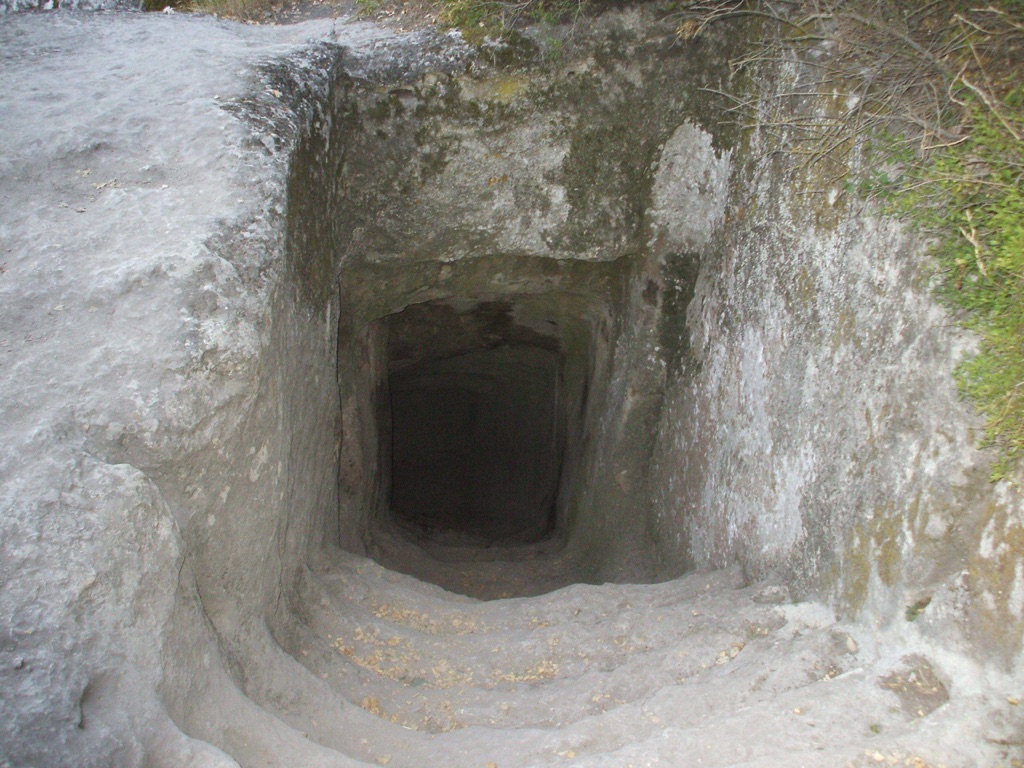
Theories and Interpretations
Archaeological excavations at Eski Kermen have revealed a wealth of artifacts, including pottery, tools, and coins, which have shed light on the city’s history and the lives of its inhabitants. The presence of numerous churches and religious symbols suggests that the city had a strong Christian community. The city’s strategic location and fortifications indicate that it was a significant military outpost. The reason for its abandonment is believed to be due to the Mongol invasion, although some theories suggest that a decline in trade or a natural disaster may have also played a role. Radiocarbon dating and dendrochronology have been used to date the site and its artifacts.
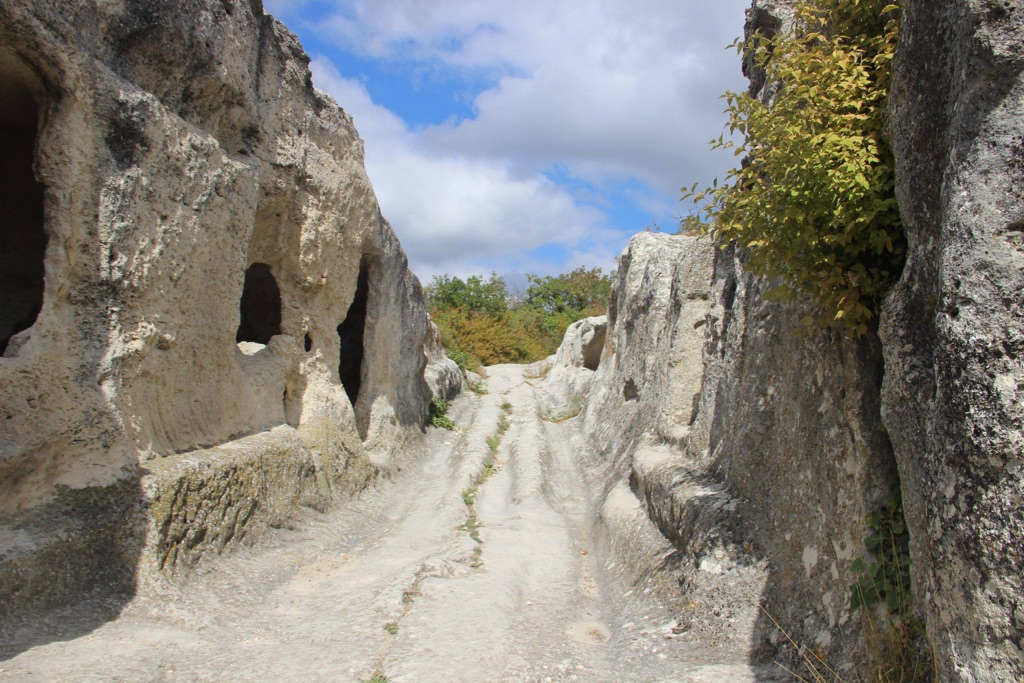
Good to know/Additional Information
Eski Kermen is now a popular tourist attraction, offering visitors a unique opportunity to step back in time and experience the history firsthand. The site is well-preserved, with wooden walkways and stairs providing access to the caves. Guided tours are available, offering insights into the city’s history and the archaeological discoveries made there. The site also offers stunning views of the surrounding countryside, making it a must-visit for history buffs and nature lovers alike.
